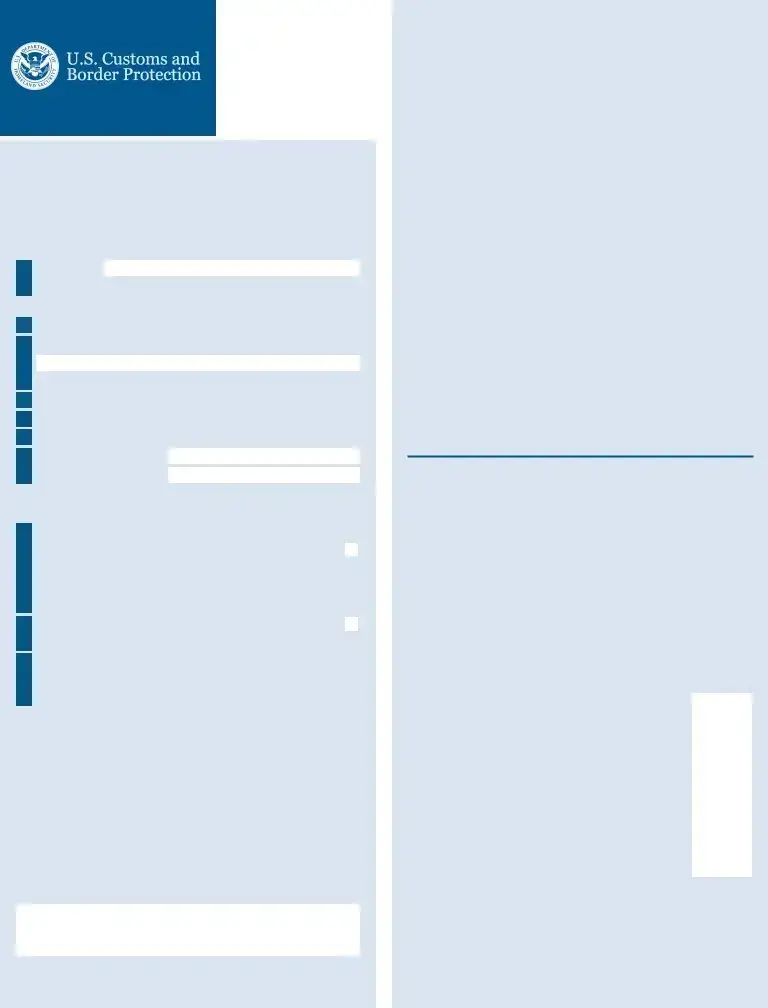What is the CBP 6059B form used for?
The CBP 6059B form, commonly known as the Customs Declaration form, is used by travelers entering the United States to declare any goods they are bringing into the country. This includes items intended for sale, gifts, or personal use. The form helps the Customs and Border Protection (CBP) to assess duties and taxes and to enforce laws related to the import of restricted or prohibited items.
Who needs to fill out the CBP 6059B form?
Every traveler entering the United States, whether a citizen, resident, or visitor, must fill out the CBP 6059B form if they are carrying goods that need to be declared according to U.S. laws. This includes both items carried with them and items to be sent to the U.S. as unaccompanied baggage.
Can families fill out a single CBP 6059B form?
Yes, family members who live in the same household and are returning to the U.S. together can submit a single CBP 6059B form. However, it's important for the head of the household to list all items being brought into the country by all family members on the same form.
What happens if I don't declare items on the CBP 6059B form?
Failure to declare items that are subject to duty or the importation of prohibited goods can result in penalties. These can range from seizure of the undeclared items to monetary fines, and in serious cases, criminal charges. Honesty is crucial when filling out the form to avoid these consequences.
How do I declare items I purchased or received as gifts while abroad?
Items purchased or received as gifts while abroad must be declared on the CBP 6059B form. You should list these items along with their value in U.S. dollars. It's important to be as detailed as possible to ensure accurate duty assessment and to comply with U.S. laws.
Are there any items I should not bring back to the United States?
Yes, there are items that are prohibited or restricted from entering the United States, such as certain foods, plants, animals, narcotics, and cultural artifacts, among others. It's crucial to check the latest regulations before traveling, as these rules can change. Declaring such items can lead to their seizure and possibly other penalties.
Where can I find the CBP 6059B form to fill out?
The CBP 6059B form is usually provided by airlines or cruise lines before arriving in the United States. It can also be found at ports of entry. Additionally, for convenience and efficiency, some travelers may have the option to use electronic declaration kiosks at certain airports, which serve the same purpose as the paper form.



 (c) State
(c) State 



 No
No
